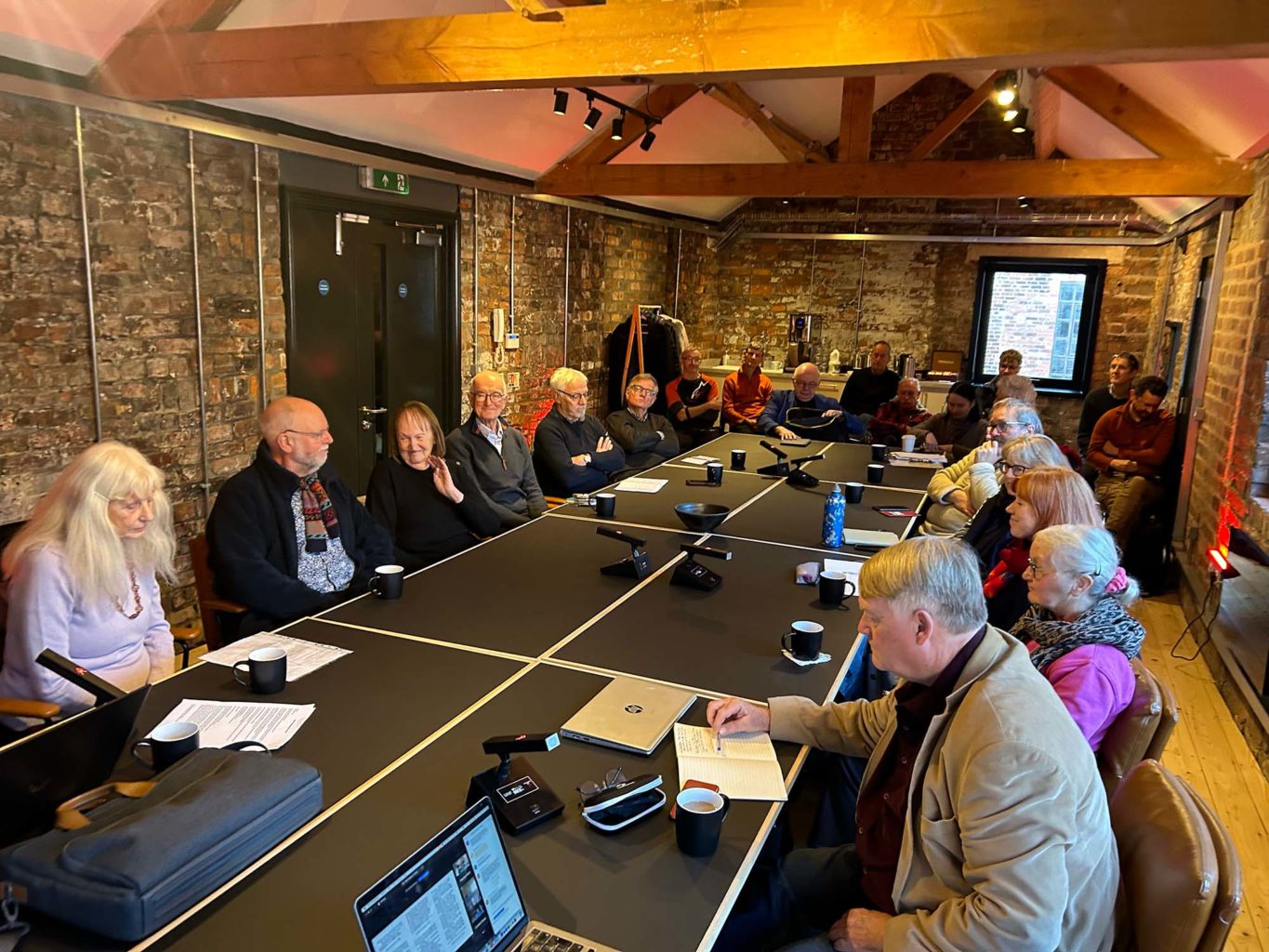Policy Resilience: an Interview with Georgie Holmes-Skelton, Head of Government Affairs at National Trust
In the latest instalment of the Historic Environment Forum’s Sector Resilience Interviews series focussed on the theme of Policy, we hear from Georgie Holmes-Skelton, Head of Government Affairs at National Trust.
Please tell us a bit about yourself and your role.

I’m Georgie and I’m Head of Government Affairs at the National Trust. I’m the Trust’s public policy lead and I help us engage with policy across the whole range of issues that the Trust has an interest in – from climate and nature to culture and heritage. That includes helping us reach organisational positions on key policy debates, policy changes or new legislation; finding ways to engage with government and policymakers to help feed the Trust’s experience and expertise into their decision making; and communicating and advocating for the Trust’s key asks of government.
I have a background working in Parliament as a House of Commons Clerk, and have spent time as a civil servant in central Government Departments.
What can you tell us about your work in relation to Policy? What does this work aim to achieve?
The Trust’s founding purpose is to promote the permanent preservation of places of historic and natural beauty for the benefit of the nation. That means that we have an important role to play, not only in caring for the places that we look after, but in using our expertise and knowledge to help policy makers ensure that our shared natural and cultural heritage is there for future generations to enjoy across England, Wales and Northern Ireland, and bringing the most benefit and enjoyment to as many people as possible.
What contribution will this make towards resilience in the heritage sector?
I work on a range of policy issues that are directly relevant to the long-term resilience of the sector – from heritage protection and the planning system, to climate resilience, to sector skills and development. I work closely with others such as the Heritage Alliance, to make the case to Ministers for investment and support for the sector as a whole.
What does success look like for your work?
Success in political and policy advocacy is often hard to measure, because it comes in peaks and troughs, and it’s hard to pin down specific announcements or policy changes to individual contributions. But I’m ultimately aiming for Ministers across departments to understand and appreciate the value of heritage for their policy agendas and to want to support the sector. We have seen progress over the years – for example there were positive changes arising from the Levelling up and Regeneration Act, and I hope we can build on these in future.
How can we get involved, or where can we find out more?
You can see some of my team’s work on social media at: https://x.com/NTExtAffairs
Overall, what do you think is most crucial for ensuring a resilient heritage sector?
I think we need to work together to be clear to government and other stakeholders what support we need, and make a persuasive case for how investing in heritage can benefit society as a whole.
This Sector Resilience interview was shared by Georgie as part of our Heritage Sector Resilience Plan activities.
If you’d like to contribute an interview as part of the series, follow the link below to find out more:







